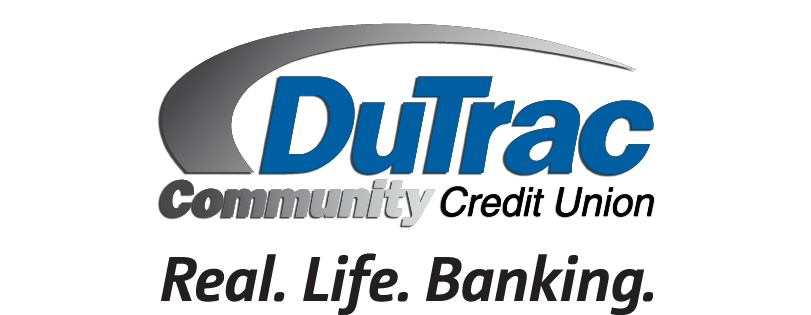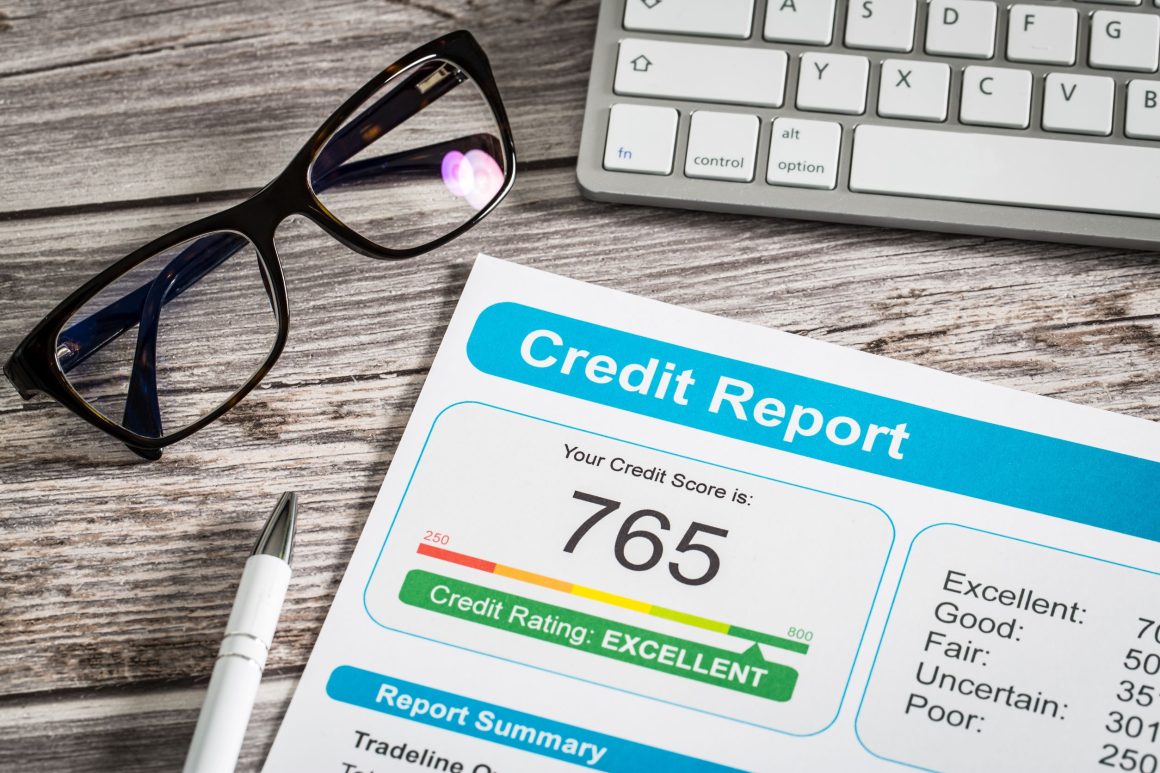What is Credit and a Credit Score?
Credit is the ability to borrow money or access goods or services with the understanding consumers will repay the borrowing with interest later.
It is based on weighted factors and shown as a number typically between 300 and 850, called a credit score,
A credit score tells lenders a consumer’s level of risk when it comes to borrowing money – whether a consumer is a high or low-risk borrower. Each consumer has more than one credit score.
Types of Credit Scores
About now, you are asking, “My credit score isn’t always going to be the same number? Isn’t a credit score a credit score?”
There are three different major U.S. credit bureaus maintaining consumer credit reports:
In the U.S., most credit scores are created by two competing brands:
FICO is a publicly traded company based in California.
VantageScore Solutions, was jointly founded by Equifax, TransUnion and Experian in 2006. Each creates and sells credit scores to lenders and other businesses in the financial industry.
Golden Rule to Credit Scores
The higher a credit score, the better. As the higher the credit score the less risk deemed associated with the consumer, thus the consumer is offered better interest rates and terms offered by lenders.
Depending on the credit bureau or brand used, a consumer may have an Equifax credit report but a lender checks a credit score based on TransUnion. The credit scores will not likely match. Another contributing factor to why credit scores may differ is due to the existence of more than one credit score brand.
Awareness of these two terms and associated organizations is the key, not the philosophical differences as to how the scores are calculated. Credit scores are similar to shopping for a vehicle: Chevy or Ford? Each has unique design characteristics but knowing the differences isn’t necessary to making the purchase of either vehicle.

